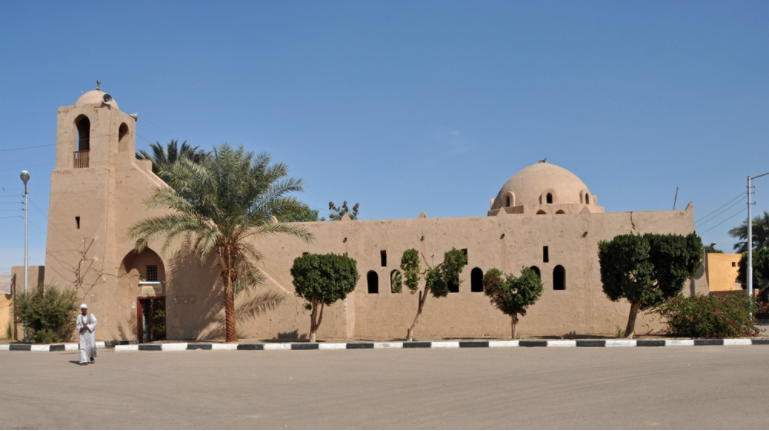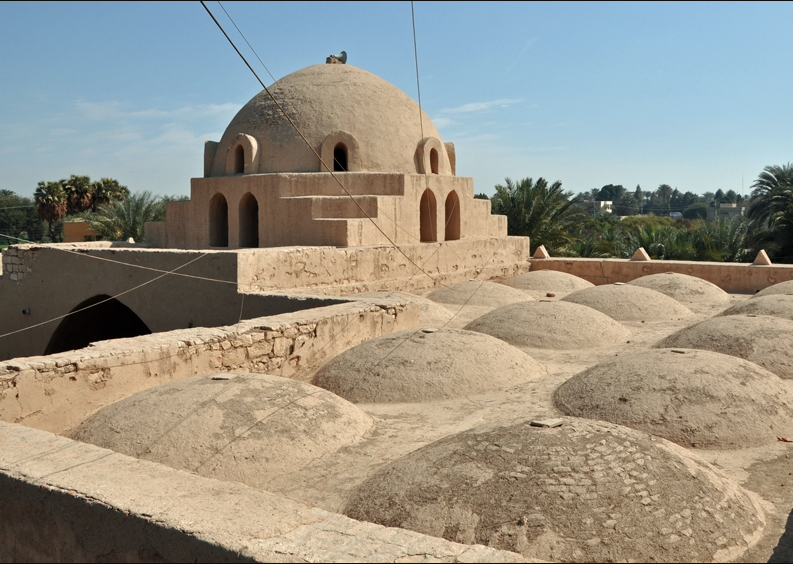CAIRO – 23 March 2022: Born on March 23, 1900, the creative architect Hassan Fathi is famous for his unique architectural style, whose sources were derived from the rural Nubian architecture built with mud bricks and old Cairo's houses and palaces dating back to the Mamluk and Ottoman eras.
Engineer Hassan Fathi was affected by the condition of the farmers during his visit to the countryside at the age of 18.

The mosque at Qurna, Luxor, designed by Hassan Fathi [Marc Ryckaert]
Initially, Fathi dreamed of being an agricultural engineer, but he could not pass the entrance exam, so he obtained a diploma in architecture from the Engineer Khanna - currently Faculty of Engineering - at King Fouad I University - currently Cairo University - in 1926.
Fathi started his first architectural steps in 1928. His first project was Talkha Primary School, which was mainly a classical building. He followed in the footsteps of Amenhotep, the legendary pharaonic architect who built most of the temples and statues in Luxor Governorate. Fathi has the most famous modern philosophy in modern construction, which simulates modernity and originality, and is influenced by the countryside.

Roof & dome of the mosque at Qurna seen from the minaret [Marc Ryckaert]
One of Fathi's most important achievements is building the Village of New Qurna on Luxor's West Bank for 3,200 families. The village of Qurna was world famous because of the book “The Architecture of the Poor”, that tells the story of its construction.
Fathi started working on building the village in 1946 to accommodate the 3,200 families that were displaced from the areas around the pharaonic tombs on the western mainland to save the tombs from thefts and encroachments. This came after specialists and archaeologists discovered the theft of an entire rock from a royal tomb. A decision was subsequently issued to displace the families and establish alternative housing for them.
At the time, the state allocated a budget of LE 1 million to build the new village. The site was chosen to be away from archaeological areas and close to railways and farmland.
Fathi started the first phase of the construction project by building 70 houses, and each house had a distinct character. The design of the houses was based on local resources and materials, and was influenced by Islamic architecture.
Comments
Leave a Comment